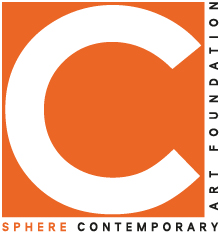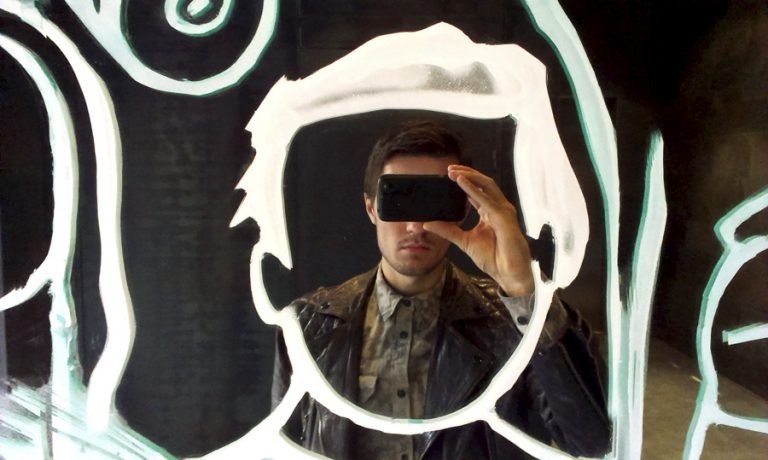About the Exhibition:
‘Time is out of joint’ is a machine translation of the famous line from Shakespeare’s ‘Hamlet’ that also served as the title for one of Philip K. Dick’s novels. In Pasternak’s translation, more familiar to Russian readers, this became ‘the days’ connecting thread has broken’. We return to these lines in a world torn apart by the pandemic, highlighting the disruption of the usual sequence of events, both cultural and artistic. In fact this exhibition might never have happened. Yet at the same time the status of its very existence is now unclear. We cannot say that the exhibition exists in the sense used to describe previous events. It was delayed, postponed and then held in frightening conditions, not according to plan. This took place in a different time that was dislocated and torn out of joint. The exhibition is the result of a de-synchronisation of multiple possibilities and temporalities. Recall the context in which Hamlet utters this phrase and you will see that he perceives the connection of times as his own task. In other words, this time out of joint is a pressing imperative (do I really have to connect all this?), the objective state of an era and also the actual condition of the existence of art today. Here the multiple meaning of the word ‘condition’ can be seen — as the state of the matter, the condition for subsequent reactions, and the challenge for a particular political gesture.
But is there anything unusual in this state? Giorgio Agamben, a philosopher who has written a lengthy and verbose response to the pandemic, cites Mandelstam in his text ‘What Is the Contemporary?’: the poet bonds two vertebrae of time with blood. For Agamben, being an artist and poet meant that he must come to terms with a falling out of time and perceive himself at a distance from modernity, in relation to which you feel untimely. In other words, art always refers to dislocation of the times. Note that both Shakespeare and Mandelstam speak of bones and joints in their verse. For them time is an event of the body, a strange naturalistic accentuation that could come straight from body horror. Hence we use the machine translation — it is paradoxically both more precise and more mechanical. It combines corporeality, time manipulation and mechanical logic. This exhibition plunges us into a ghostly presence, yet at the same time these phantoms are endowed with the utmost abstract corporeality.
In their book ‘Stay, Illusion! The Hamlet Doctrine’ Simon Critchley and Jamieson Webster state that Hamlet’s central issue is the delineation of a new political subject that redistributes the relationships between passivity and activity in a world of total paranoid surveillance. In Shakespeare’s universe everyone follows everyone else, and the actions of all the characters on the ontological level suggest theatricality: being exposed to the observation of others. This, according to Critchley, could make Hamlet ‘dangerous again’, and we find a continuation of this subjectivity today. Frozen between action and inaction (to be or not to be), male and female artists found themselves situated in the broken logic of the exhibition display. Visiting the exhibition is regulated by sessions and only accessible to a limited number of visitors. This sets entirely different protocols for the exhibition event, similar to the theatre. But unlike the classical minimalism of the 60s, in which theatricality was associated with the concrete presence of the body in space, the body of the modern spectator is a semblance of the Shakespearian ghost — it is recreated by post-digital means and disrupted by the Gothic naturalism of accounting indicators. Incidentally, in Shakespeare’s original drama the shade in question confronted by the words ‘Stay, illusion!’ benefits from the persuasiveness of flesh, as an illusion that appears in corporeal form. Many works at the exhibition conceptualise architectural constructions, but not in the sense of a total architectural experience, rather as performative agents, industrial theatrical scenery for the new experience of the audience, suspended between physiology and abstraction. Bear in mind that you, the spectators, are few in number, and you walk through these exhibition halls in the footsteps of previous groups. The works themselves are watching you, and your whisper-contract in such fragile times can be reduced to mutual attraction: ‘Stay, illusion’. Indeed, in present-day conditions the very experience of the actual visit, the experience of art in space, is illusory.


